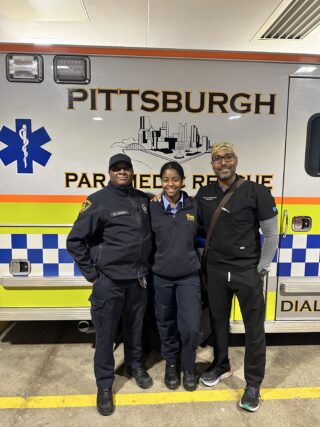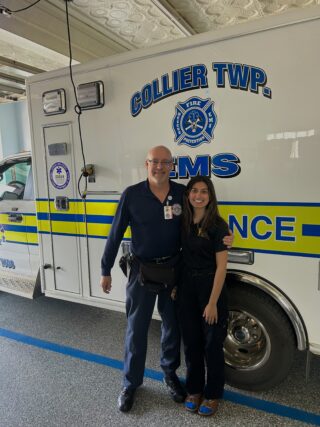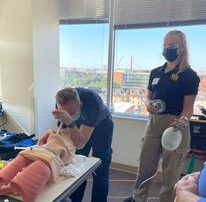General Program Information:
We run two paramedic programs, one through the University of Pittsburgh and one through the Center for Emergency Medicine. Our Pitt program seats about 48 students per year and our CEM program seats about 24 students per year. These programs both begin in late August and end in April (Pitt students) or June (CEM students). A typical year involves three specific clinical phases, named Clinical 1, Clinical 2, and Summative Field Evaluation (SFE). Clinical 1 encompasses 120 field hours, 64 ED hours, and about 48 hours of specialty shifts (Burn, Anesthesia, Children’s, Psychiatric Care, etc.). Clinical 2 follows the same pattern, but with some difference in the specialty shifts. We try to provide the students variety in their EMS assignments. The student will be scheduled for one phase at an urban field site for one phase and a suburban field site. The students will return to their original field site for SFE, so their original preceptors can see how they have progressed. In addition to our hours requirements, we also require specific numbers of Terminal Performance Objectives (TPOs) be completed. Our TPOs contain specific skills, age-ranges, chief complaints, and team leads (during field shifts only). If you are interested in an entire breakdown of our requirements, let us know!
FAQs:
- Length of shifts: We are fine with 8 or 12 hour shifts. We typically don’t recommend 16 hour shifts, although sometimes they are necessary. We don’t allow 24 hour shifts
- Time Off: Students need at least 8 hours off between a clinical shift and other commitments, like work, another shift, or class
- Preceptors: It is up to each site to select preceptors. We recommend at least one year of experience.
- One preceptor or several: There are pros and cons to each approach, so whatever works best for your service.
- Overnights: Most of our sties do not allow for overnight shifts due to lower volume, but there is no rule against overnights.








